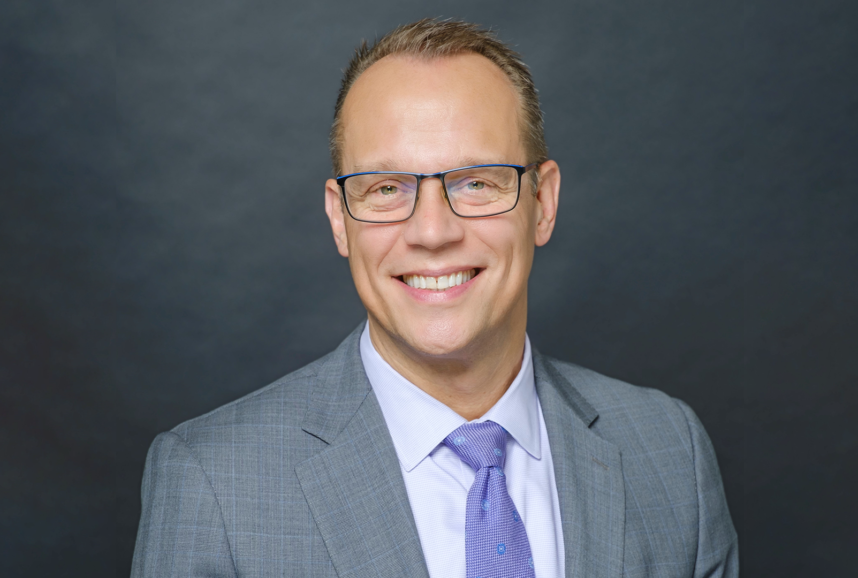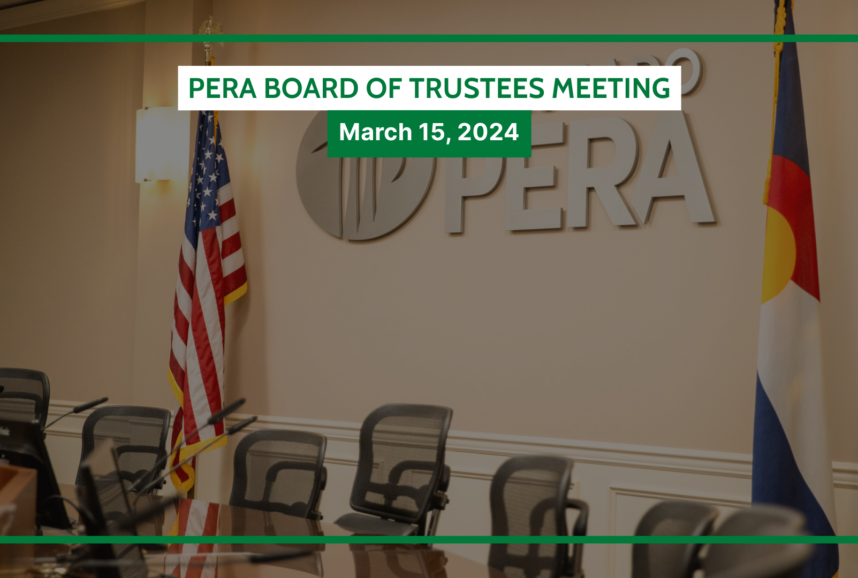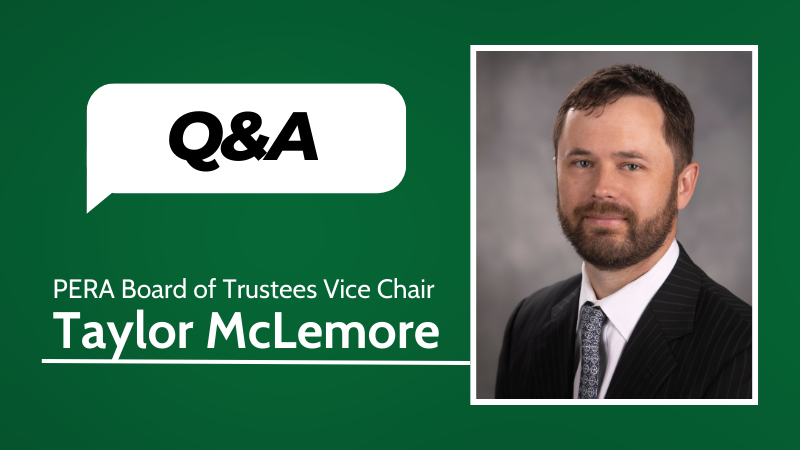This is the second installment of a two-part story. Read the first part here.
When PERA’s real estate team invested in a Dallas apartment community in 1995, they expected to be involved for about five years. Instead, the investment has played a prominent role in PERA’s real estate portfolio for 25 years and counting.
The driving force behind the decision to remain invested is straightforward. CH Meili, PERA’s Director of Real Estate, ran the Texas development for years before handing it off to Greg Chicota about five years ago. Meili makes clear what his mandate is at PERA: “Our number-one goal is to make as much money as we can for our members, within the risk parameters set out by the Board.”
But maximizing profits can coexist with other beneficial outcomes, too. In the case of this investment, that means identifying win-win situations for both investors and residents. Or, as Meili put it, “can we create benefits that will help tenant retention?”
Going Green: The Business Case
Eight years ago, the development underwent a master planning exercise. The plan emphasized sustainability when redeveloping communities, an outlook informed by an increased demand for environmentally sustainable living spaces. “Renters are looking for a landlord that doesn’t just give them marketing materials; they want to see something tangible,” Meili said.
What does tangible look like here?
- One of the newly renovated communities is a LEED-certified project, and two others have earned the Energy Star.
- Above-ground parking is buried in places, giving additional green space back to residents.
- The development purchases 100% wind energy, saving more than 30,000 metric tons of CO2 emissions every year.
- Nearly 5,000 toilets have been replaced with high efficiency models, saving 162 million gallons of water.
- Efficient faucets and showerheads in renovated units add to water savings.
One of the more unusual examples of environmental sensitivity occurred when a number of large maple trees stood in the way of an upcoming renovation. Instead of tearing the trees down, they were moved to another location onsite. This temporary tree farm housed 60 trees until the renovation was complete, after which they were reincorporated into the scenery.
In addition to environmental concerns, the team took affordability and livability into consideration. At one point, the development had 6,700 units. That number has actually dropped to around 6,500 as developers built more trails, and gave residents more open spaces to enjoy. And, rather than catering to a single socioeconomic demographic, the development contains units geared toward a range of income levels.
Another project currently underway is bringing an array of retail shops, a hotel, and other commercial ventures to the center of the development, along with new residential units.
“It has a halo effect,” Chicota said. “Not only will the new units benefit from the amenities, we expect all the others in the community will have access to this—a rising tide that raises all ships.”
Investing for Members
Every investment has a story behind it, but this one stands out for a number of reasons.
First, the development in Texas illustrates the way in which PERA’s investment team incorporates a mosaic of factors into every decision. “We get asked, ‘does PERA invest in environmentally sustainable projects?’” Meili said. The answer is complex.
Those factors weren’t pursued for their own sake, but investors took them into consideration when charting the course forward. They recognized the economic opportunity in pursuing green initiatives. They recognized the need for livable spaces at multiple income levels. And they capitalized on it.
Second, the Dallas development demonstrates the benefits of active ownership. Meili said that his team spends 75% of their time adding value to existing investments while spending the other 25% looking for new opportunities.
Spending the majority of time on increasing the value of existing investments shows that investing isn’t just spotting the next big thing and riding the wave. Investing means hard work, creating value along the way.
The decision in 1995 to invest in this opportunity was just the first step in a long process—not a lottery ticket that happened to contain lucky numbers. The time and effort PERA’s real estate investment team has invested into this project have contributed to the investment’s success.
Editor’s note: PERA has chosen to not publish the name of this investment in accordance with Colorado law and PERA’s standard disclosure practices for these types of investments.





Wonderful success story on this investment! We appreciate what you do for us!